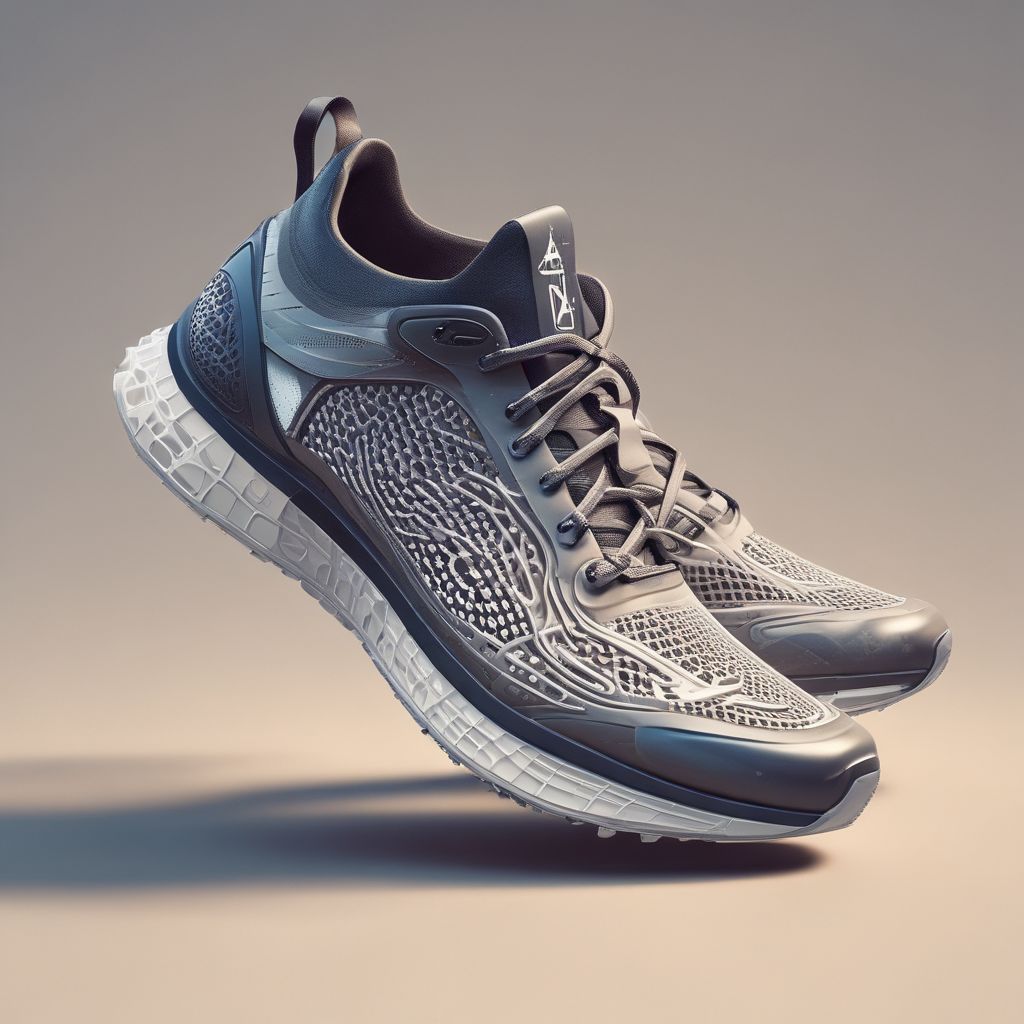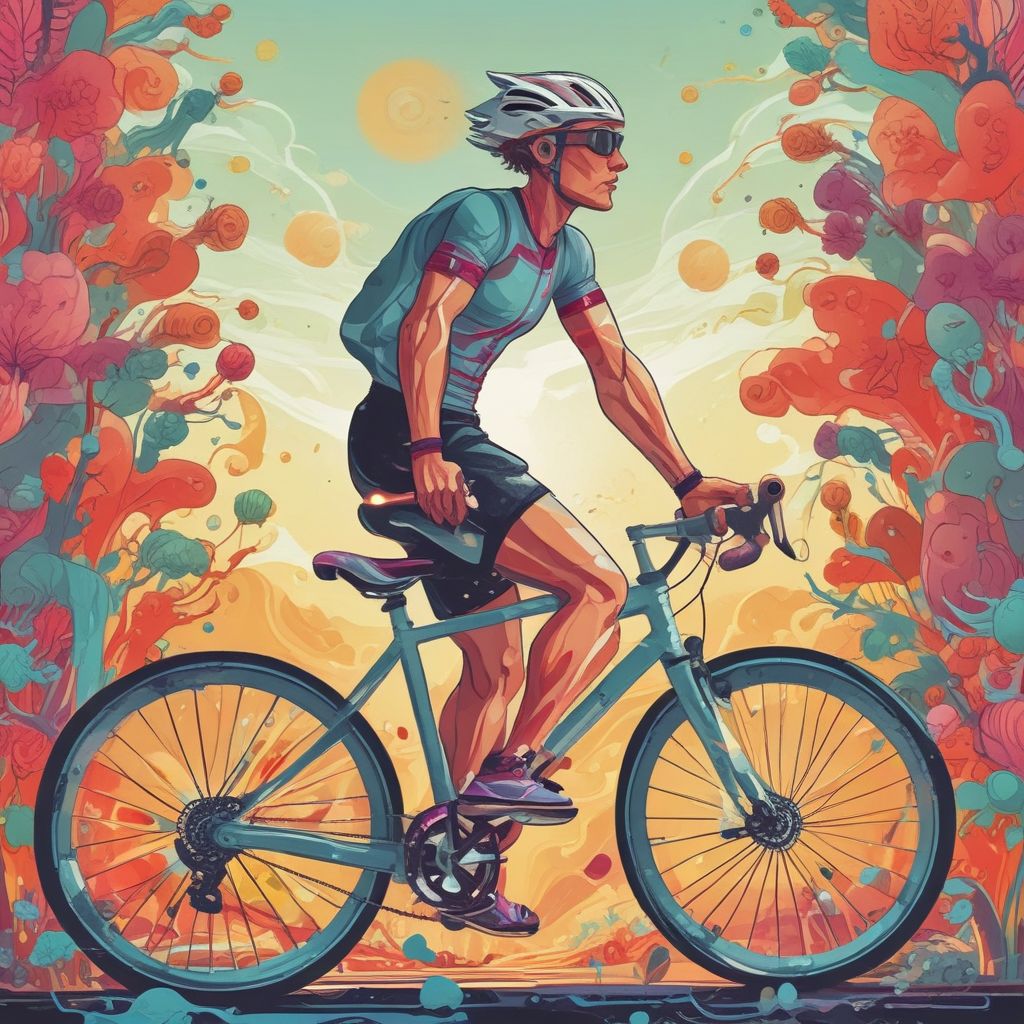The Rise of High-Tech Hiking Races
Hiking, once a solitary pursuit of nature lovers and fitness enthusiasts, is undergoing a dramatic transformation. What was once a leisurely activity has now become a high-stakes, tech-infused competitive sport. From GPS-guided races to endurance events that leverage wearable technology, the modern trailblazer is as much an athlete as they are a tech-savvy adventurer. This evolution is redefining how people engage with the outdoors, merging physical endurance with digital innovation.
Events like the Race the Ridge in Colorado and the Ultra-Trail du Mont-Blanc (UTMB) in Europe have set the stage for this shift. These races are no longer just about reaching the summit; they’re about navigating complex terrain, optimizing performance with real-time data, and outpacing competitors in a race against both time and nature. The integration of technology has turned hiking into a strategic, data-driven challenge that appeals to a new generation of athletes.
How Technology is Reshaping the Hiking Experience
Modern hiking competitions are built on a foundation of cutting-edge technology. GPS tracking, for instance, has become a staple in these events, allowing organizers to create dynamic courses and enabling participants to monitor their progress with precision. Wearable devices like smartwatches and fitness trackers provide real-time metrics on heart rate, elevation gain, and even sleep patterns, helping athletes fine-tune their training and performance.
Smart Gear and Real-Time Analytics
Competitors now rely on advanced gear that goes beyond traditional backpacks and boots. Devices such as the Garmin Fenix series or Apple Watch Ultra offer features like:
- Route optimization using topographic maps
- Live leaderboards that update as participants move
- Biometric feedback to prevent overexertion
- Integration with weather apps for real-time conditions
These tools not only enhance safety but also add layers of strategy to the race. Athletes must balance speed with energy conservation, using data to make split-second decisions that can determine their success.
Augmented Reality and Virtual Challenges
Some events have taken the concept further by incorporating augmented reality (AR) and virtual reality (VR). For example, the Virtual Mountain Challenge in Japan allows participants to compete in a simulated environment that mirrors real-world trails. AR apps can overlay digital clues or obstacles onto physical paths, turning a simple hike into a multi-dimensional race that tests both navigation and problem-solving skills.
The Competitive Edge: Endurance Events and Their Unique Demands
Endurance hiking events, such as 50K trail races or multi-day treks, have become the pinnacle of this new athletic movement. These competitions require participants to push their physical limits while managing technological tools that track their every move. The blend of physical and mental stamina is what sets these events apart from traditional races.
Course Design and Innovation
Modern trail races are designed with a mix of natural and man-made challenges. Organizers use drones to scout routes, ensuring that courses include elevation changes, technical terrain, and even hidden checkpoints. Some events feature timed sections where participants must complete a certain distance within a strict window, adding pressure to their pace and strategy.
Community and Social Media Integration
Technology has also transformed the social aspect of hiking competitions. Platforms like Strava and Instagram allow athletes to share their progress, compete with friends, and gain followers based on their performance. This digital camaraderie has created a global community of trailblazers who push each other to achieve new milestones, even when they’re miles apart.
Challenges and Controversies in Tech-Driven Hiking
While the integration of technology has elevated hiking to a competitive sport, it has also raised questions about the purity of the experience. Critics argue that the reliance on GPS and wearables may detract from the traditional spirit of hiking, which emphasizes self-reliance and connection with nature. However, proponents believe that these tools enhance the sport by making it more accessible and measurable for a wider audience.
Environmental Impact
The rise of high-tech hiking events has sparked debates about their environmental footprint. Large-scale races can lead to trail erosion, litter, and disruption of local wildlife. In response, many organizers are adopting eco-friendly practices, such as:
- Limiting the number of participants per event
- Using biodegradable materials for course markers
- Partnering with conservation groups to fund trail restoration
- Encouraging participants to follow Leave No Trace principles
These efforts aim to ensure that the sport’s growth doesn’t come at the expense of the natural environments it celebrates.
Accessibility and Inclusivity
High-tech hiking races often require expensive gear, which can create a barrier for entry. However, some events are working to democratize the sport by offering subsidized equipment or partnering with tech companies to provide free access to apps and tools. This shift is helping to attract a more diverse group of participants, from seasoned athletes to first-time hikers eager to test their limits.
The Future of Competitive Hiking
As technology continues to advance, the future of competitive hiking looks increasingly dynamic. Innovations like AI-powered coaching apps, drone-assisted navigation, and biometric sensors that monitor hydration levels in real time are on the horizon. These tools could further personalize the experience, helping athletes train more effectively and compete with greater precision.
Hybrid Events: Blending the Physical and Digital
One of the most exciting trends is the emergence of hybrid events that combine physical hiking with digital challenges. For example, the TrailBlaze Challenge in California requires participants to complete a 20-mile trail while solving puzzles and collecting virtual tokens using a smartphone app. This format appeals




